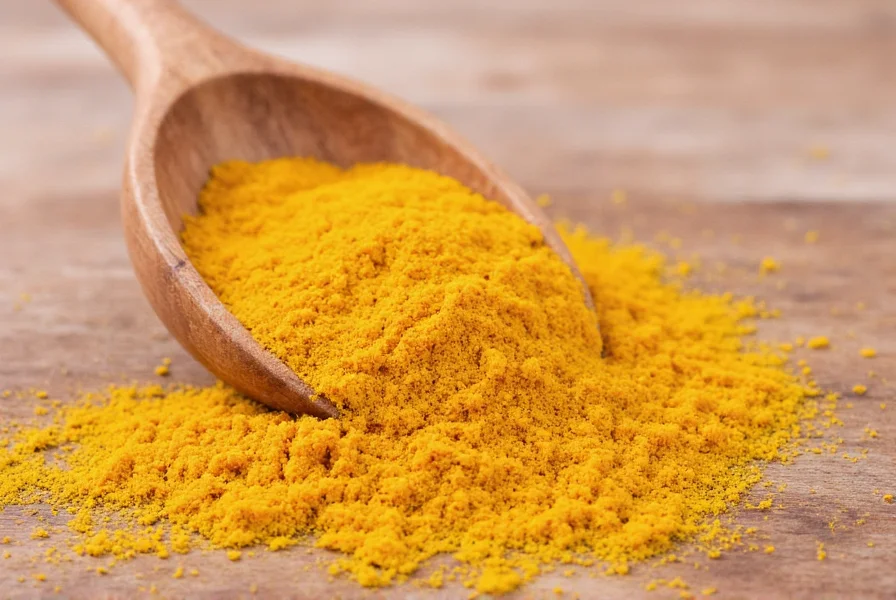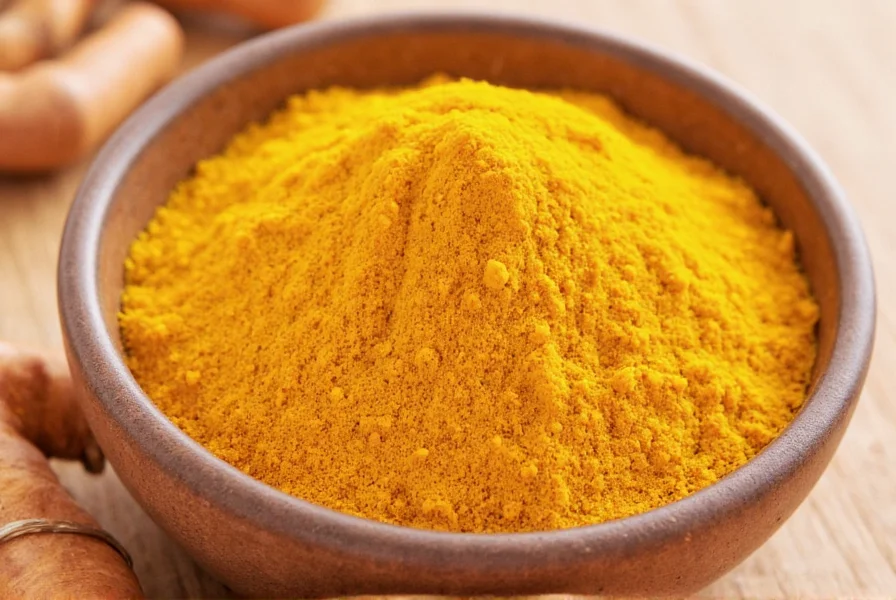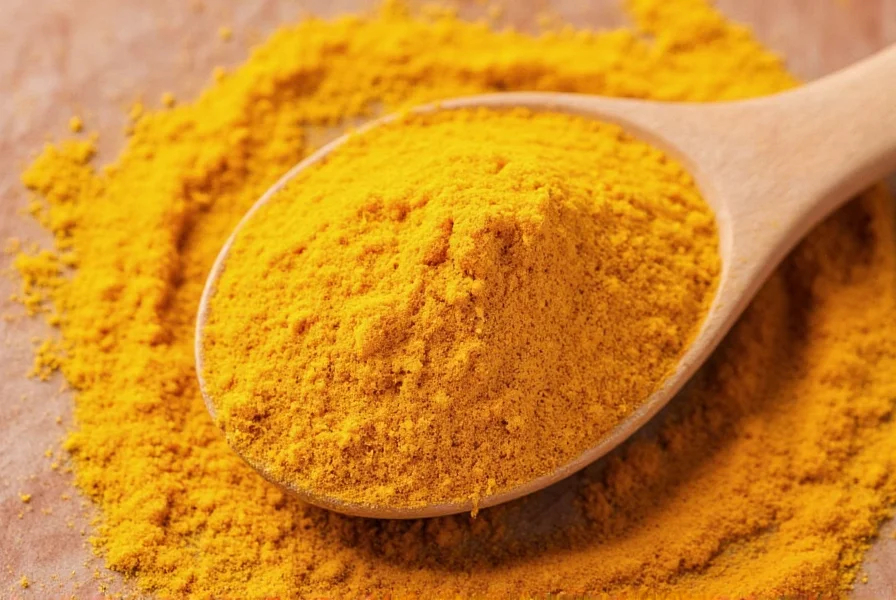When exploring how to use turmeric seasoning in cooking, understanding its composition and culinary applications is essential for maximizing both flavor and potential benefits. Unlike plain turmeric powder, which offers only the earthy, slightly bitter notes of the root itself, a well-crafted turmeric seasoning blend creates a more complex flavor profile while addressing turmeric's natural limitations.
What Makes Turmeric Seasoning Different from Plain Turmeric
Turmeric powder consists solely of dried, ground turmeric root, while turmeric seasoning represents a thoughtfully crafted blend designed to enhance both taste and functionality. The critical difference lies in the inclusion of black pepper, which contains piperine—a compound that increases curcumin absorption by up to 2,000% according to research published in Planta Medica. Most quality turmeric seasoning blends also incorporate complementary spices that balance turmeric's earthy bitterness.
| Component | Purpose in Turmeric Seasoning | Typical Proportion |
|---|---|---|
| Ground Turmeric | Primary flavor and color base | 70-80% |
| Black Pepper | Enhances curcumin absorption | 5-10% |
| Ginger | Adds warmth and complements turmeric | 5-8% |
| Cumin or Coriander | Provides earthy depth and balances bitterness | 3-5% |
| Optional: Cinnamon or Cardamom | For sweet applications like golden milk | 1-3% |
Optimal Culinary Applications for Turmeric Seasoning
Understanding the best dishes for turmeric seasoning requires recognizing its flavor evolution during cooking. Unlike single-note spices, turmeric seasoning develops complexity when properly incorporated into recipes. For savory applications, add the blend early in the cooking process to allow flavors to meld, particularly when using in rice dishes, soups, or stews. The fat content in these dishes helps solubilize the fat-soluble curcuminoids, enhancing both flavor release and potential bioavailability.
When preparing vegetables, particularly roasted root vegetables like sweet potatoes or cauliflower, turmeric seasoning shines when combined with healthy fats like olive oil or coconut oil. The optimal ratio is approximately 1 teaspoon of turmeric seasoning per pound of vegetables, applied before roasting at 400°F (200°C) for best results. This method creates a beautifully caramelized exterior while infusing the vegetables with warm, earthy notes.
Creating Your Own Turmeric Seasoning Blend
For those seeking a homemade turmeric seasoning recipe, freshness and quality control are significant advantages over store-bought options. Commercial blends often contain anti-caking agents or lower-quality ingredients that diminish flavor. A superior DIY blend requires just five ingredients:
- ½ cup high-quality turmeric powder (look for vibrant orange color)
- 1½ tablespoons freshly ground black pepper
- 1 tablespoon ground ginger
- 1½ teaspoons ground cumin
- 1 teaspoon fine sea salt (optional)
Mix thoroughly and store in an airtight container away from light. Properly stored, your blend maintains peak flavor for 3-4 months. For golden milk applications, consider adding a small amount of cinnamon to this base recipe.

Common Mistakes to Avoid with Turmeric Seasoning
Many home cooks make critical errors when using turmeric spice blends that diminish both flavor and potential benefits. The most frequent mistake is adding turmeric seasoning late in the cooking process, which doesn't allow sufficient time for the flavors to develop and integrate. Another common error involves using insufficient fat—turmeric's active compounds are fat-soluble, so pairing the seasoning with adequate healthy fats significantly improves both taste and potential absorption.
Temperature control matters considerably when cooking with turmeric spice blend. Excessive heat (above 300°F/150°C) can degrade curcumin content, while moderate heat enhances flavor development. When making sauces or dressings, always bloom turmeric seasoning in warm oil for 1-2 minutes before adding liquids to maximize flavor extraction.

Storage Recommendations for Maximum Freshness
Proper storage of turmeric spice is crucial for maintaining both flavor potency and potential benefits. Exposure to light rapidly degrades curcumin content, while moisture promotes clumping and mold growth. Store your turmeric seasoning in an opaque, airtight container in a cool, dark cupboard—never above the stove where heat and light accelerate degradation. For extended storage (beyond 6 months), consider refrigeration in a completely moisture-proof container.
Practical Applications Across Meal Types
The versatility of turmeric seasoning extends across multiple meal types when properly applied. For breakfast applications, incorporate ¼ teaspoon into scrambled eggs or tofu scramble along with a healthy fat source. In lunch preparations, add to salad dressings using a 3:1 oil-to-acid ratio with ½ teaspoon of seasoning per serving. Dinner applications shine when used in marinades for chicken or fish—combine with yogurt, lemon juice, and olive oil using 1 teaspoon per pound of protein for optimal flavor penetration.











 浙公网安备
33010002000092号
浙公网安备
33010002000092号 浙B2-20120091-4
浙B2-20120091-4